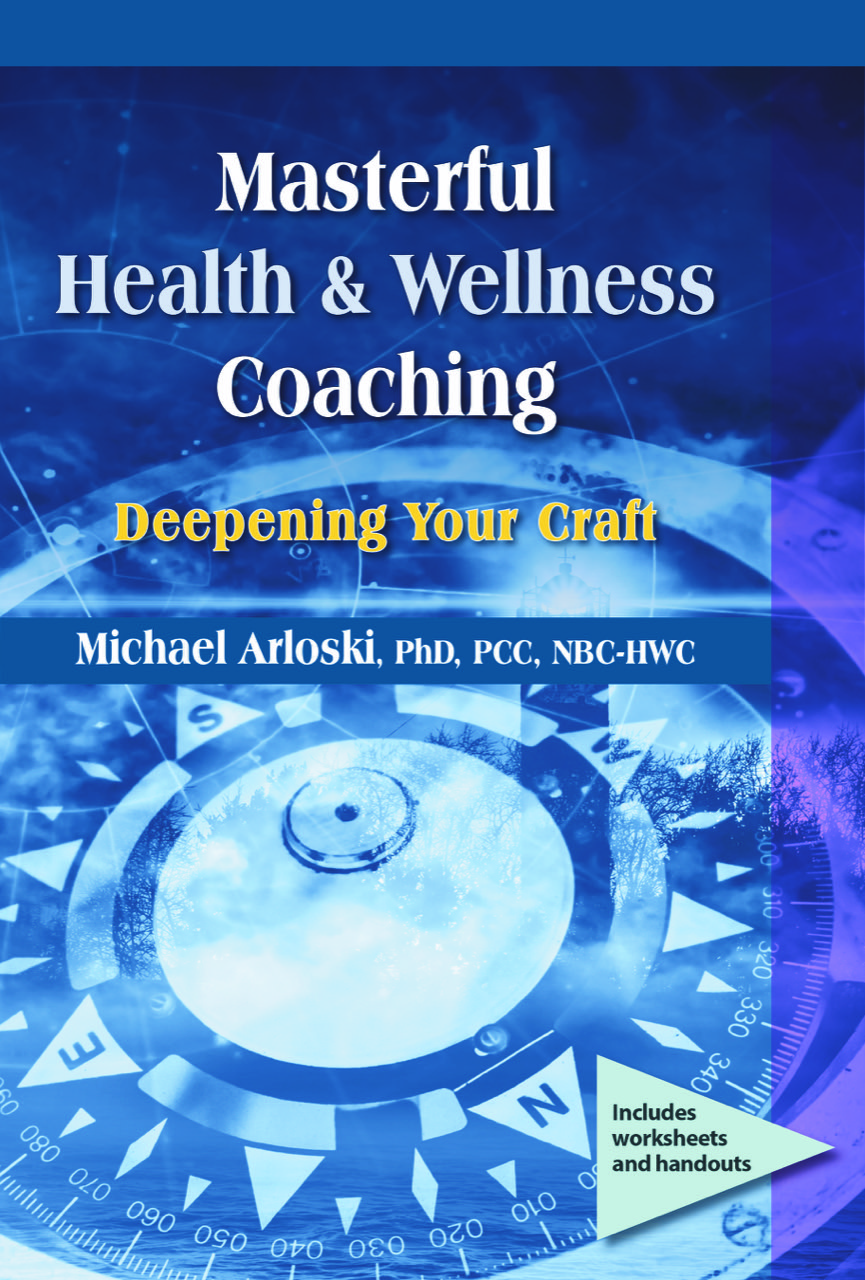Client-Centered Directiveness: An Oxymoron That Works – Part Two: Adapting To Your Client

Effective wellness and health coaching adapts in many ways to the client we are working with. As we assist a person in finding ways to live a healthier life there are many adjustments that need to be made to deliver a customized experience that will work best for that individual.
In this post we will examine how to take into account several key client determinants that will guide our choices about just how directive to be with our wellness coaching clients. Truly one size of coaching does not fit all.
In our last post - Client-Centered Directiveness Is Not An Oxymoron – Part One (http://wp.me/pUi2y-jO), we explored how coaches vary in the degree to which they are directive or non-directive. We looked at how there is a Directiveness Continuum that allows for an effective range of coaching in the middle and ineffective coaching at the extremes. We explored the Coaching Spectrum of techniques and methods that ranged from listening and understanding to ways that we might not consider coaching such as directly telling people what to do. We also looked at all of the ways that coaches are, in fact, engaging in directive work with their clients, and how to do so effectively.
Wellness coaching clients vary tremendously on both mental/emotional and environmental variables. One client may be highly motivated to improve their lifestyle and very open to and welcoming of coaching. They may have abundant resources at their disposal and great support from other people in their lives. Or they may be the mirror image of all of these qualities. Some of our clients may be familiar with coaching from experiences with business/life coaching, or from having had some form of telephonic wellness coaching as a benefit from their employer or insurance company. Many, of course, will be very unfamiliar with wellness coaching and how it works.
One way to adjust to what our client needs it to see where they fit into the following matrix:

If we just look at the variables of Experience, Control, Motivation and Ability we can see how we might work with these combinations in either more directive, less or non-directive and blended approaches. Experience may refer to more or less experience with coaching or with the process of changing lifestyle behavior. Control may refer to the client’s own needs for control, or how “in charge” they like to be. Motivation may refer to motivation to engage in the coaching process, and/or motivation to improve one’s lifestyle. Ability may refer to intellectual ability, or to environmental circumstances that limit the client’s ability to engage in lifestyle improvement efforts. The matrix is not perfect. We could, for example have a client who is of Low Ability and Low Motivation, but who has High Needs for Control. In such situations we would have to decide which variable trumps the others. In this case, I personally would recommend honoring the High Needs for Control as paramount. Perhaps this illustrates that someone will always have their own unique position in the matrix and require us to adjust the degree to which we are directive or non-directive. We might imagine their location being plotted like somewhere on a graph, as in our example, near the top of the Directive Quadrant, closer to the border with the Blended Quadrant. In other words we are not advocating a simplistic four-quadrant approach to coaching, but again, honoring the unique position of each of our clients on the matrix.
Examples – Ronaldo and Hazel
Let’s say our client, whom we’ll call Ronaldo, is an industrial design team leader who has had some experience with leadership coaching. He’s struggling with stress, sleeping well and his biometric markers have hit an alarming borderline zone with his blood sugar, blood pressure and blood lipid levels. He’s very concerned about this and highly motivated to engage in coaching and make some positive, and immediate lifestyle improvements. He clearly fits somewhere in our Non-Directive Quadrant on our matrix. Coaching with Ronaldo will most likely proceed, as it would with all of our clients, building a strong coaching alliance, using an effective coaching methodology and structure. Ronaldo will want to feel like he is definitely the one with his hands on the steering wheel. All of our steps together will be CO-CREATED. Ronaldo will need little in the way of suggestions or even education, but he may benefit tremendously from a great ally to strategize with, a strong system of support, and what we might call “gentle” accountability.
Another client of ours, whom we’ll call Hazel, is a hardworking housekeeper with a large hotel chain. She has never had any experience with coaching and is unfamiliar with what it can offer. She’s finding that despite her high level of physical activity she still continues to gain weight. She is also very discouraged from many failed attempts at crash dieting. Accurate information about how to eat better has been lacking for her. She finds learning new systems difficult and doesn’t really like change. Her family situation also contributes to making lifestyle improvement challenging. Hazel would fall somewhere more into our Directive Quadrant. Again, we would be treating Hazel with the same high level of honor and respect that we would with all of our clients in building a powerful coaching alliance. We would avoid stereotyping Hazel or making assumptions about her abilities. We would however, be realistic in meeting her where she is at. Hazel would most likely appreciate a more directive approach. She may benefit from recommendations for nutrition education resources. If the coach is a qualified dietician or nutritionist, they may want to create an agreement to combine these roles into the coaching that is done and “wear two hats.” The coach may take on a role where they are guiding the client through the coaching methodology more carefully, yet keeping it client-centered with Hazel still being in charge of choosing each step that she wants to do. Accountability agreements may need to be adjusted more closely to make sure that Hazel is clear about the agreements, and sees the value in them for her.
 “Just tell me what to do!”
“Just tell me what to do!”
There are times when clients more like our “Hazel” really ask the coach to simply tell them directly what to do. How should I exercise? What should I eat? Usually such clients are discouraged by past failure experiences and their own self-efficacy is so low that they have no faith in their own ability to create an effective way to change. They seek consultation more than coaching. They want a real “expert” to direct them on the “right” path. A great coaching response to such requests goes something like this:
“So, when you’ve asked the experts about what you should do, and followed their advice, how did that work for you?”
Almost always the person will think for a moment, sigh, and then have to admit that while such expert advice may have worked for a short amount of time, eventually it didn’t work at all. That’s when you can lightheartedly suggest that you and your client defy the so-called definition of insanity – doing the same thing again, and expecting different results! We need to meet our client’s request for complete direction (to the point of consultation, not coaching) with empathy and understanding. Keeping them in charge, remaining client-centered can still be done, even though we may coach them in a more directive style.
Staying True To The Coaching Mindset
No matter how directive or non-directive we are with our client, we still will be coaching from a stance where we hold them to be Naturally Creative, Resourceful and Whole. (http://www.coactive.com/learning-hub/fundamentals/res/FUN-Topics/FUN-The-Co-Active-Model.pdf) Our task is still to Evoke our client’s Inner Wisdom. Some of our client’s may have gotten to the point of doubting they even have such wisdom and strength. This is where it is good to remember the famous quote from Goethe.
“If you treat an individual as he is, he will remain how he is. But if you treat him as if he were what he ought to be and could be, he will become what he ought to be and could be.” Johann Wolfgang von Goethe








Only registered and logged in readers can leave comments.